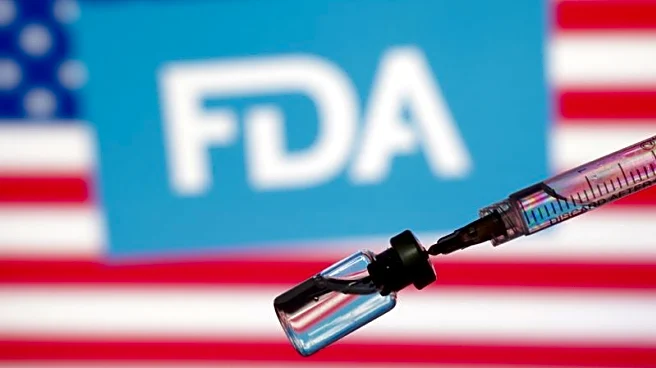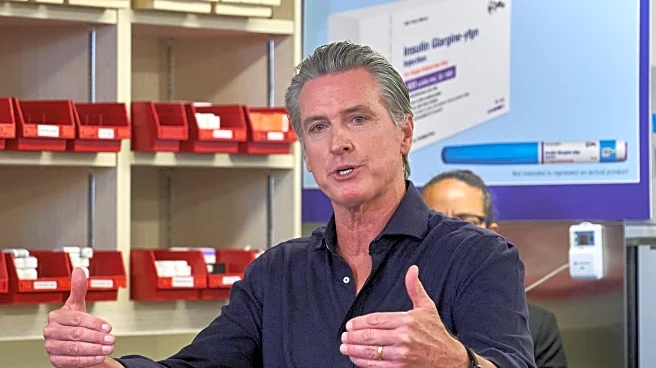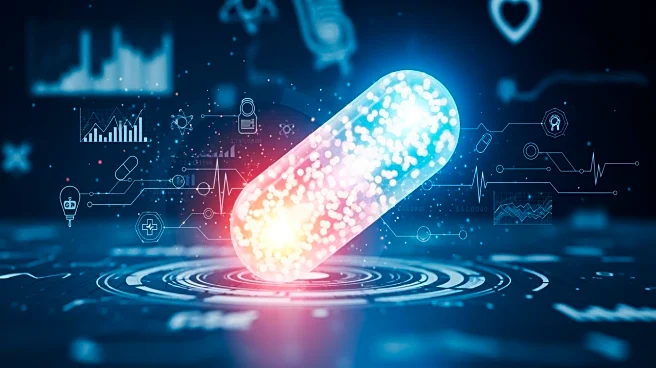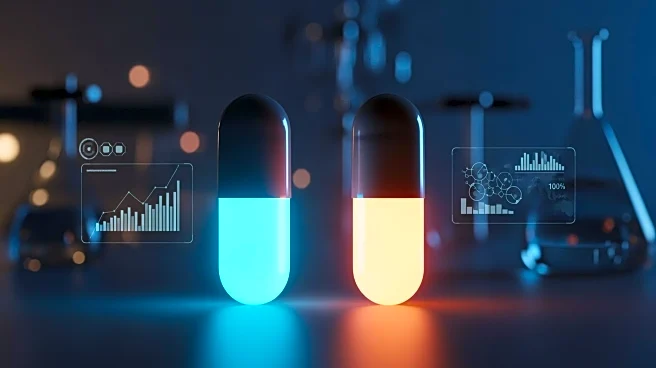What's Happening?
Eli Lilly and Company announced positive results from two Phase 3 trials, ACHIEVE-2 and ACHIEVE-5, evaluating the efficacy of orforglipron, an oral GLP-1 receptor agonist, in adults with type 2 diabetes.
In ACHIEVE-2, orforglipron demonstrated superior glycemic control compared to dapagliflozin, an SGLT-2 inhibitor, with a reduction in A1C levels by up to 1.7%. ACHIEVE-5 showed significant A1C reduction and weight loss when orforglipron was used in combination with insulin glargine. Both trials met their primary endpoints, reinforcing orforglipron's potential as a new standard of care for type 2 diabetes. The trials also reported a favorable safety profile, with mild-to-moderate gastrointestinal-related adverse events.
Why It's Important?
The successful results of these trials highlight orforglipron's potential to become a foundational treatment for type 2 diabetes, offering significant improvements in glycemic control and weight management. This development is crucial as it provides a new therapeutic option for patients who struggle with existing treatments. The positive outcomes could lead to regulatory approval, expanding treatment options and potentially improving the quality of life for millions of people living with type 2 diabetes. Additionally, the drug's oral administration offers convenience over injectable alternatives, which may enhance patient adherence.
What's Next?
Eli Lilly plans to present detailed results at a future medical meeting and publish them in a peer-reviewed journal. The company aims to submit orforglipron for regulatory approval for type 2 diabetes treatment in 2026, with a submission for obesity treatment expected by the end of the year. The final global registration trial, ACHIEVE-4, is anticipated to provide results in early 2026, which will further inform the drug's efficacy and safety profile.
Beyond the Headlines
Orforglipron's development reflects a broader trend in diabetes care towards more convenient and effective oral treatments. Its success could influence future research and development in the field, encouraging the exploration of similar non-peptide oral GLP-1 receptor agonists. This shift may also impact healthcare costs and accessibility, as oral medications typically offer a more cost-effective and patient-friendly alternative to injectable therapies.













